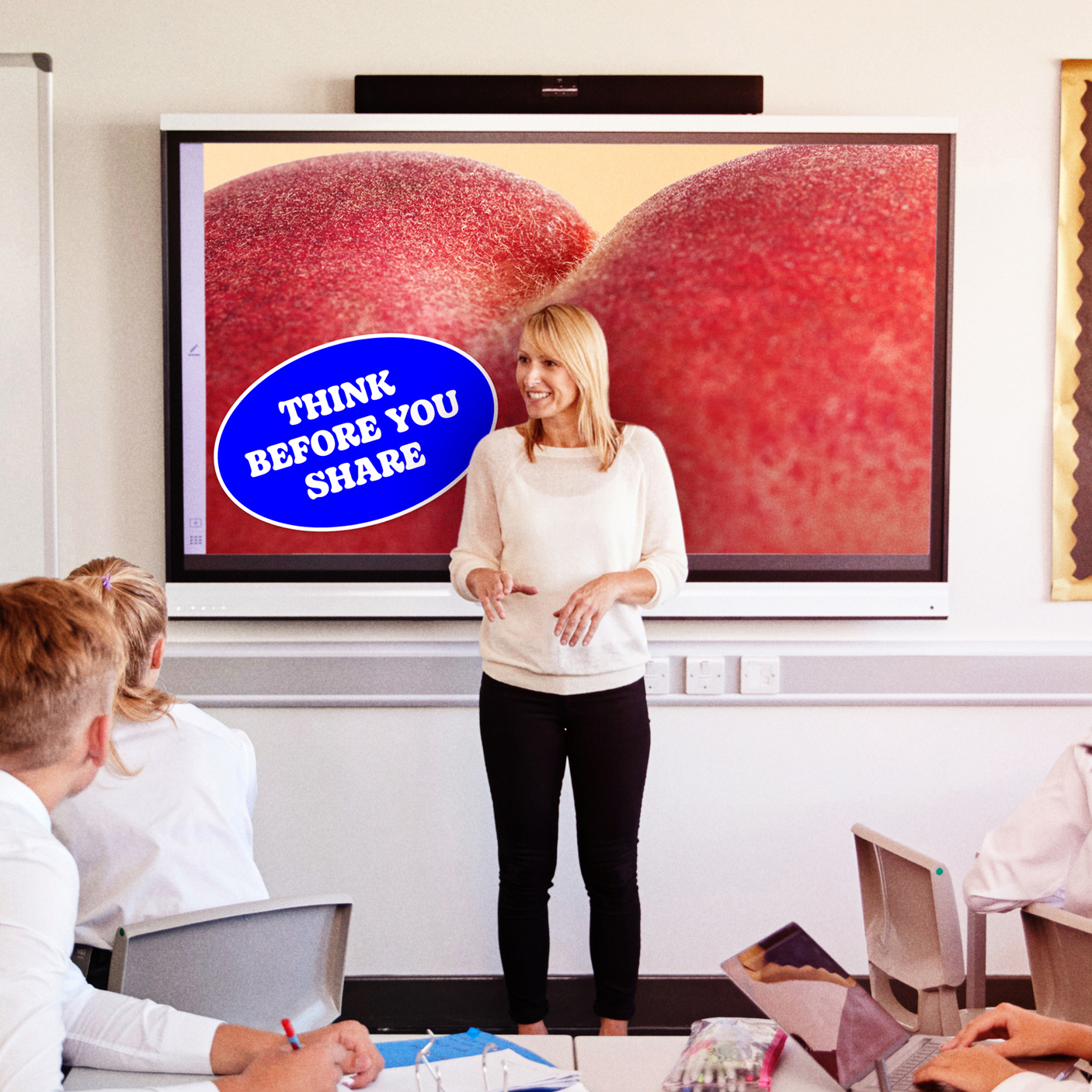
The resources and guidance below are designed to help you explore the topic of nude sharing with your secondary school students, for them to understand the risks of sharing sexual content online – and how to keep themselves safe.
These PowerPoint presentations have been developed for use with secondary-aged students and as part of teacher training programmes.
Images being shared in confidence are routinely being ‘leaked’, and shared more widely across peer groups. This can lead to bullying and shaming.
Some teens (mostly boys) are even engaging in ‘collecting’ behaviours – collecting nude images like they would football cards. This behaviour isn’t just wrong. If the nudes are of someone under 18, it’s illegal.
Read the latest research by the International Policing and Public Protection Research Institute (IPPPRI) on this topic to learn more.



Around one in five children aged 10-15 years old spoke to someone online who they had never met in person before (published the Office for National Statistics in March 2024).
This opens the door to grooming and abuse. Groomers get to know them, befriend them, and then pressure, manipulate and deceive in order to get them to share sexually explicit images.
If you think one of your students is a victim of online grooming, call 999 straight away
Young people with SEND are especially vulnerable to this kind of online abuse. Watch Maya’s story to learn more – and use our lesson plan to explore this topic with your students.
Talking to your students about nudes can be nerve-wracking, let alone awkward. But it’s important that we talk frankly with young people about the dangers of sharing images online – with people they know, and especially people they don’t.
You might find it helpful to structure your lesson around scenarios. Using scenarios avoids putting young people on the spot, and gives them a chance to talk without feeling exposed.
During discussion try to encourage conversation by asking open, non-targeted questions.
If you find out about an incident of image-sharing among your students, the first thing to do is to tell your Designated Safeguarding Lead (DSL). Then, make sure to follow your school protocols and government guidance to protect both the student and yourself:
If you think one of your students is in danger, call 999 – and report it straight away.